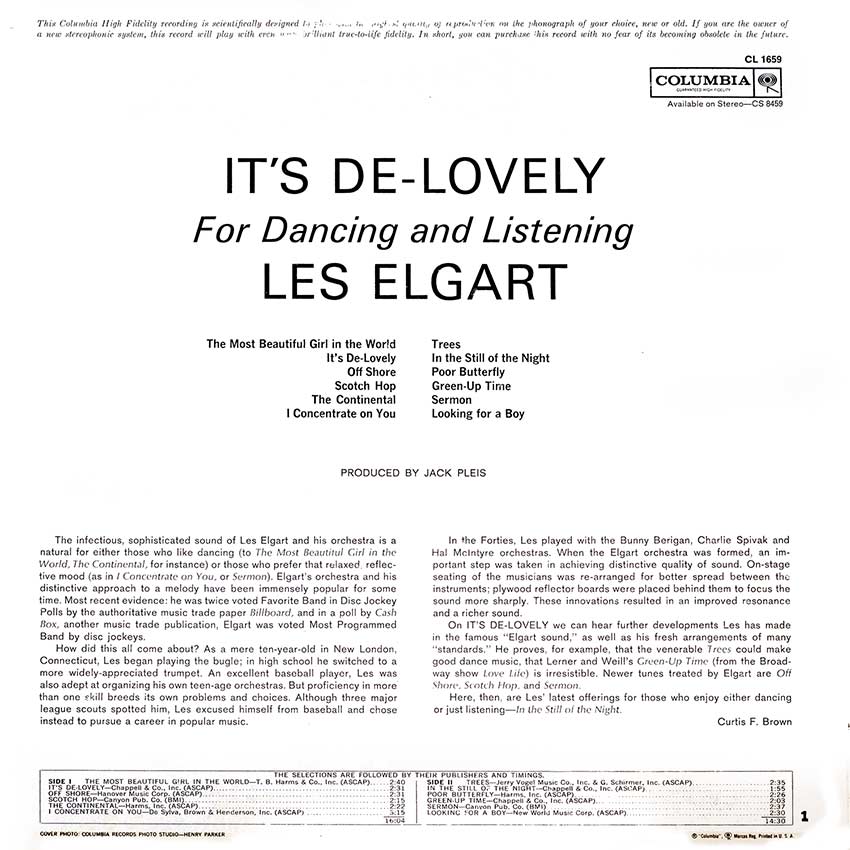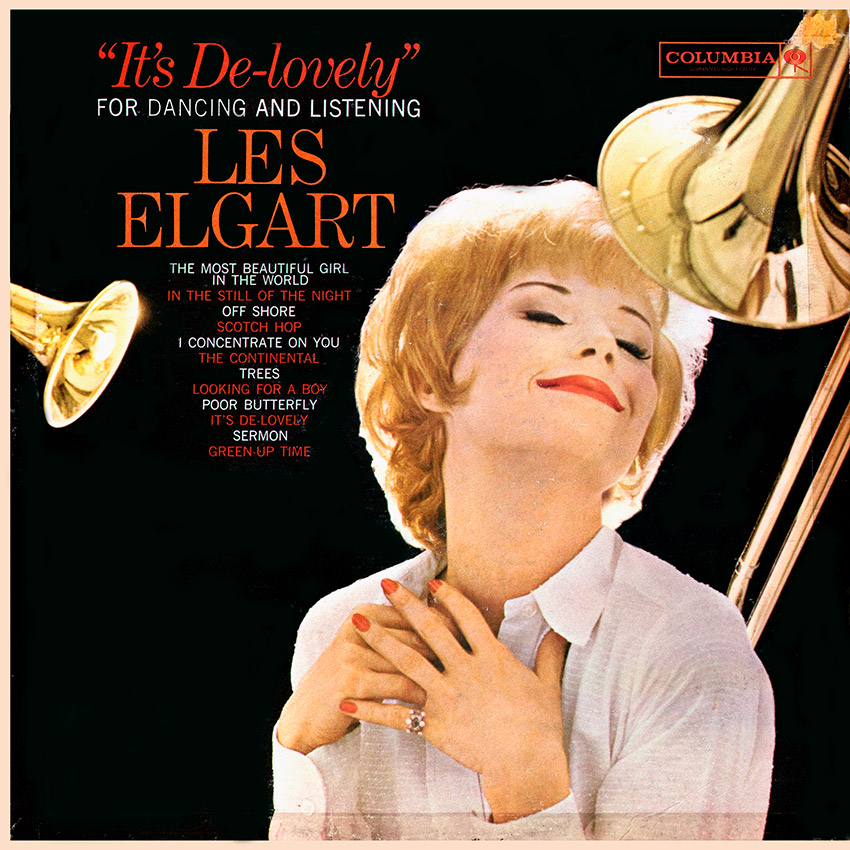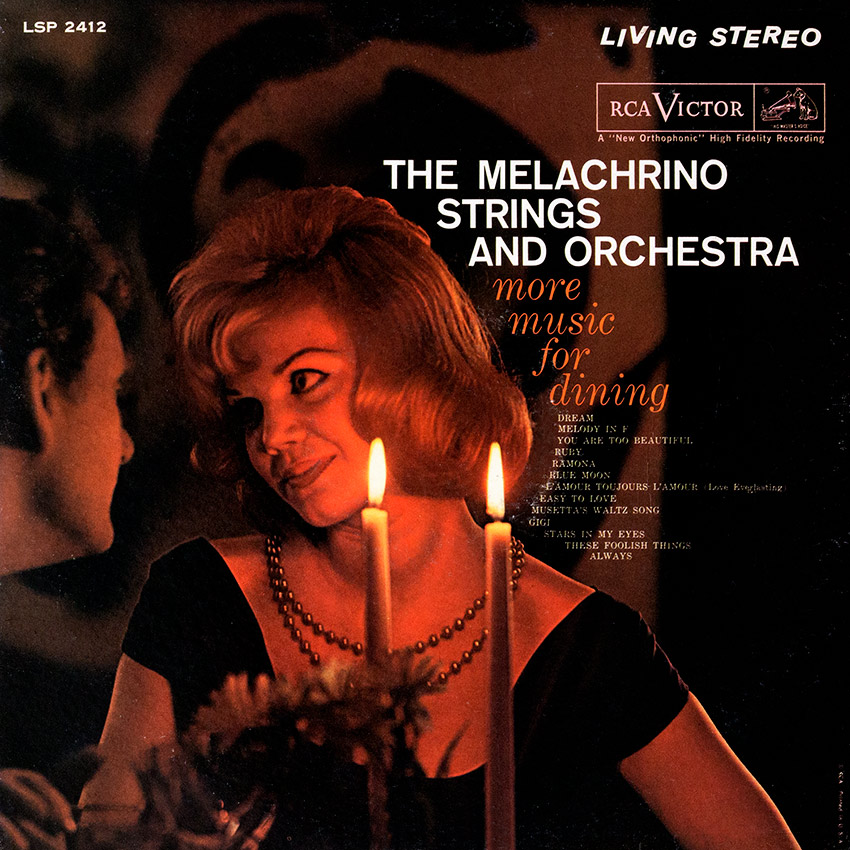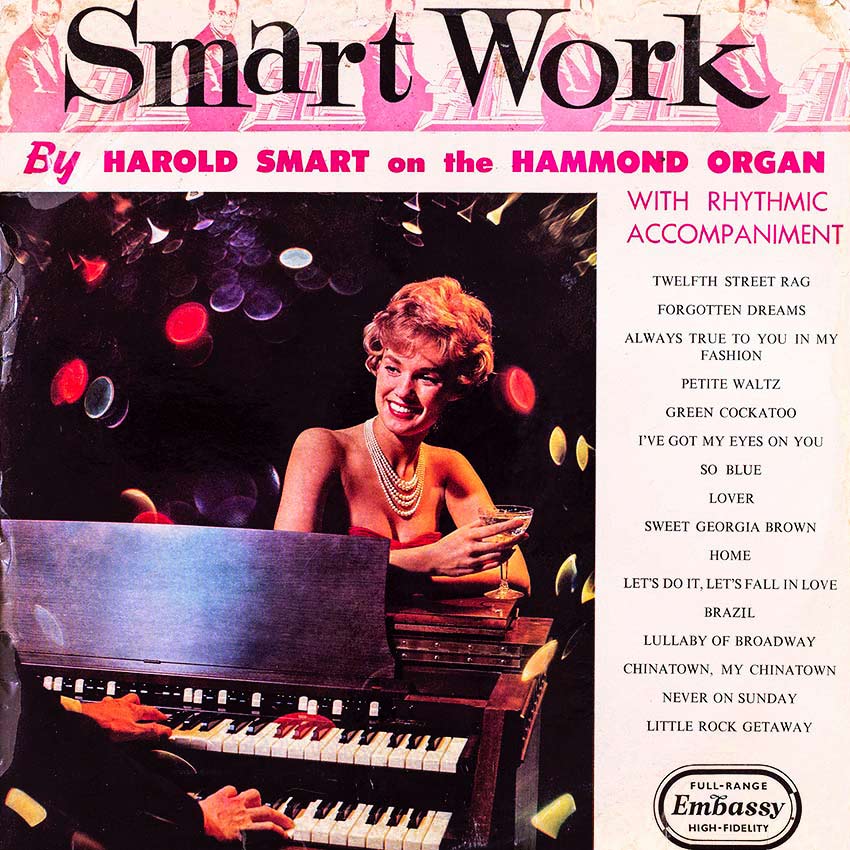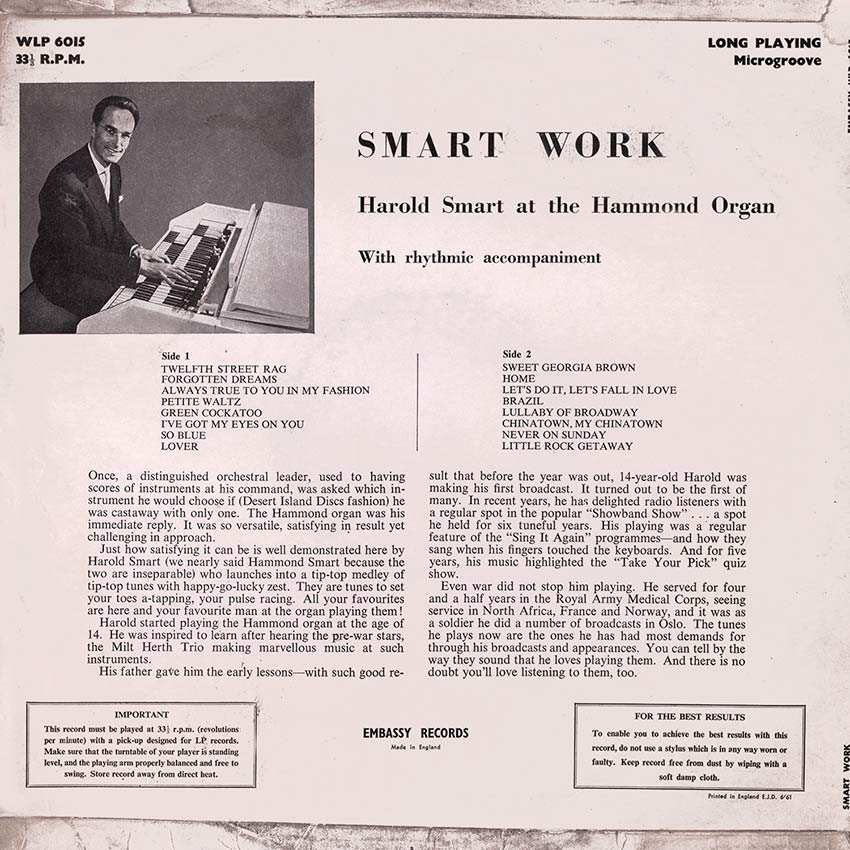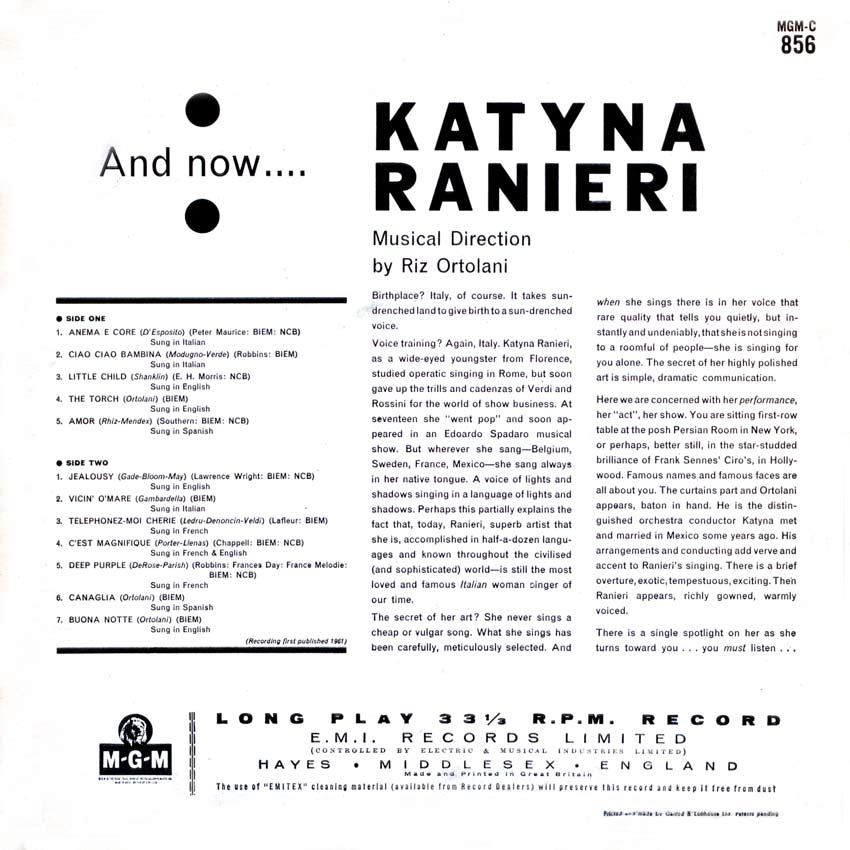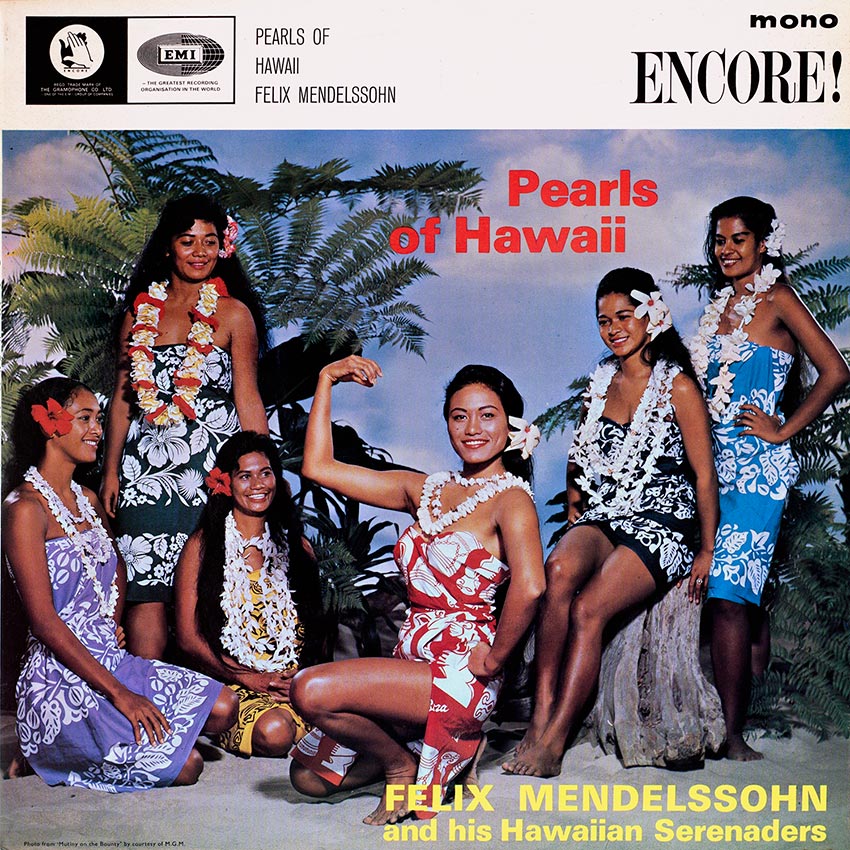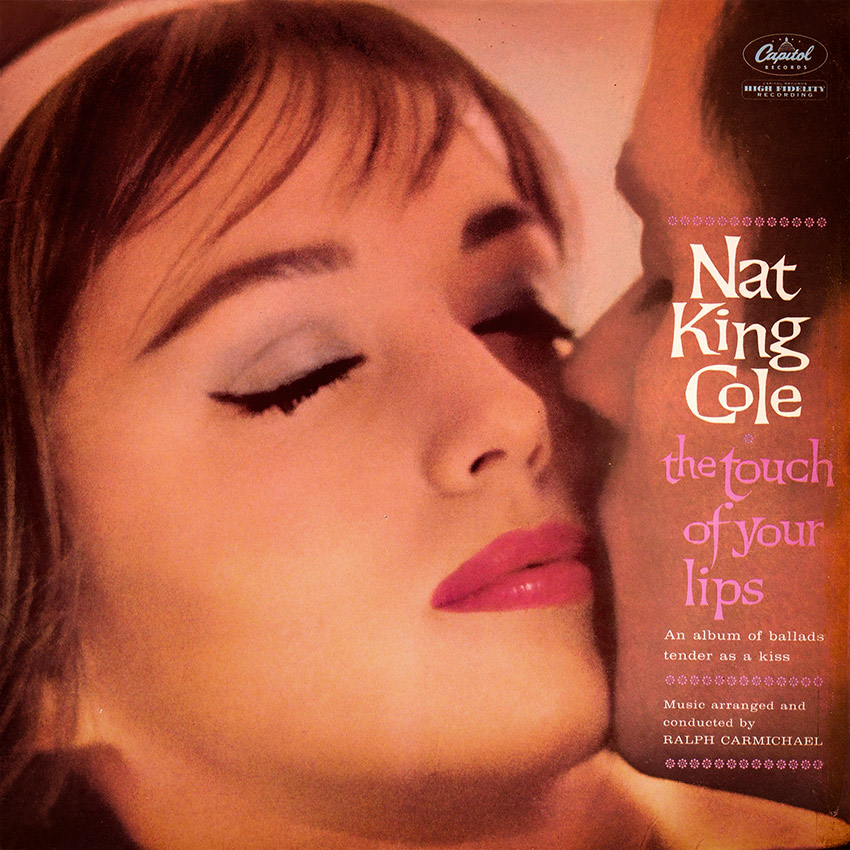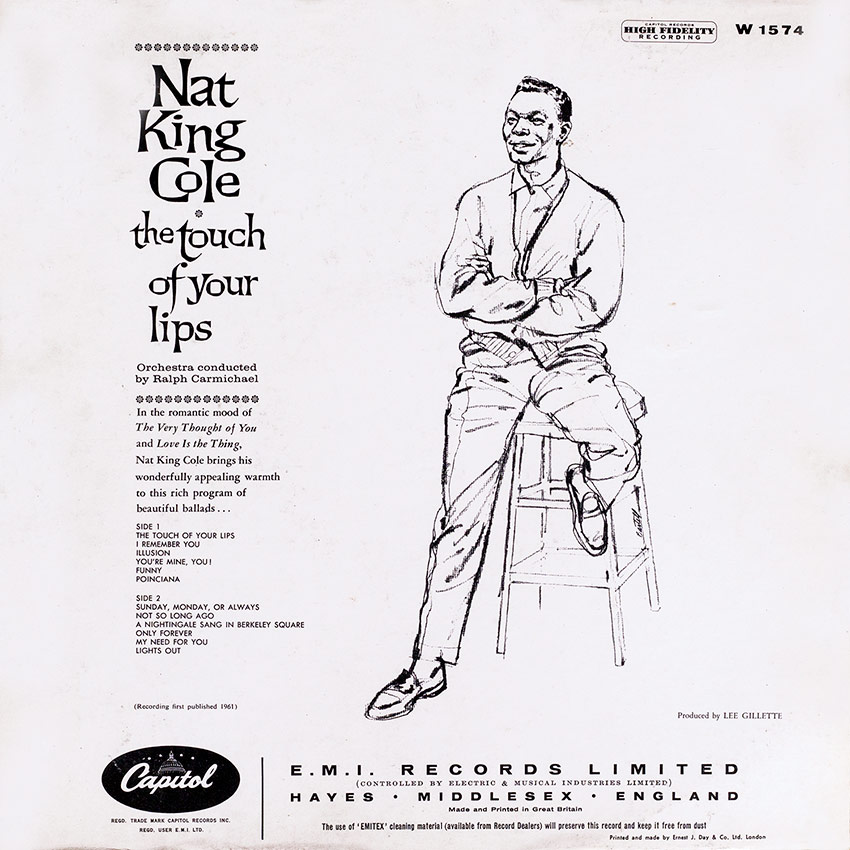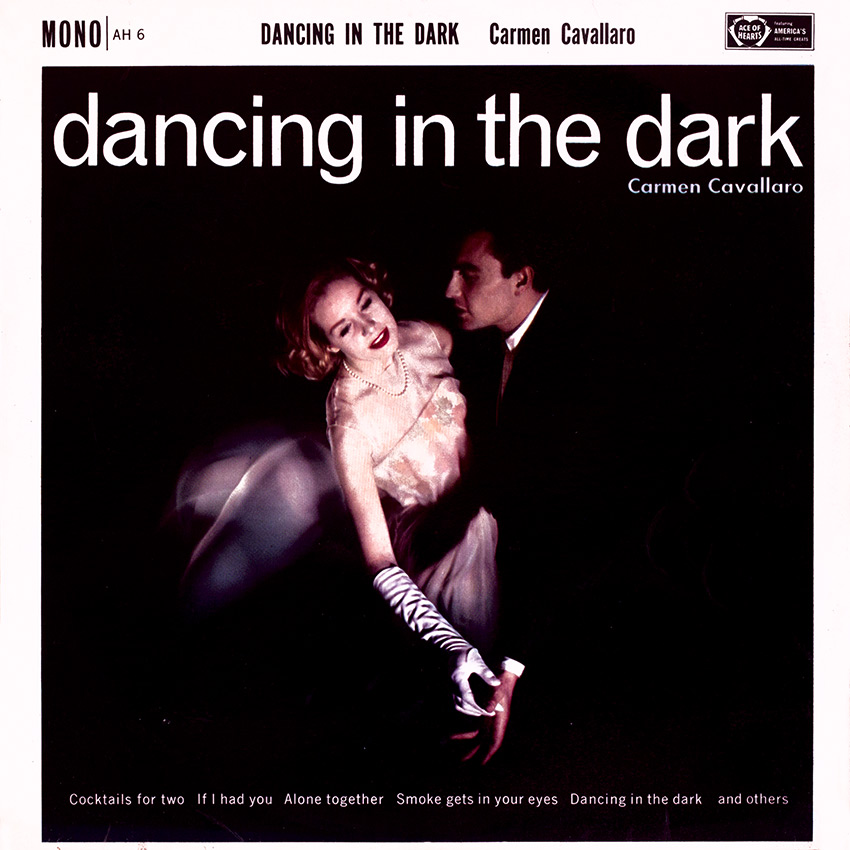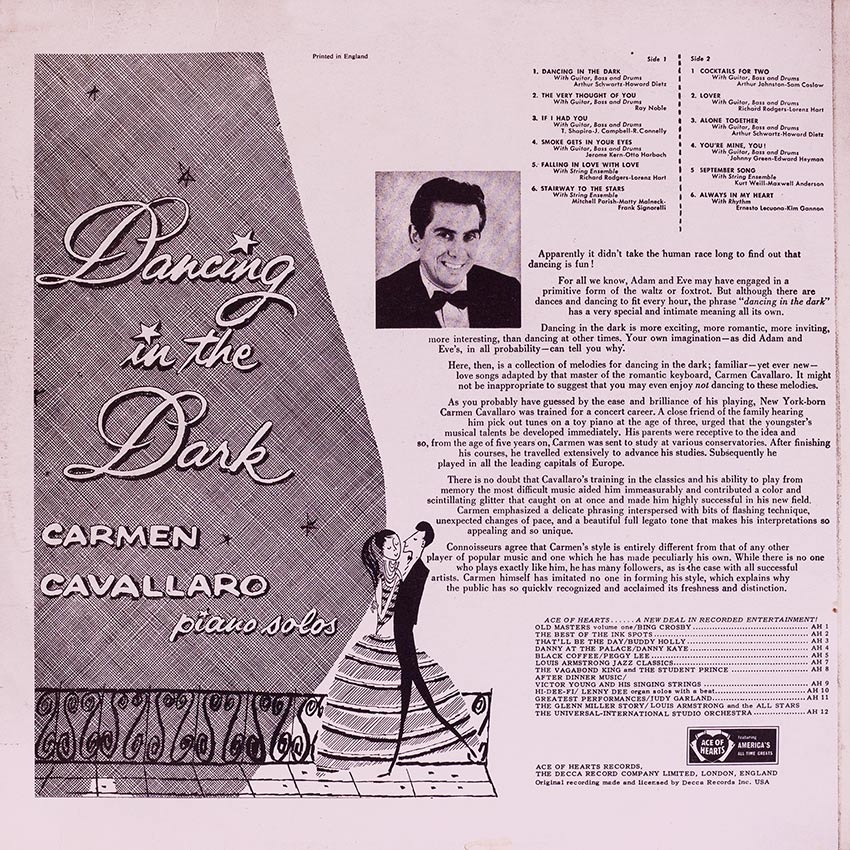Every smash-hit musical seems to be more overwhelming that the last, yet amongst them all South Pacific is something of a phenomenon – ever since the memorable night of April 7th, 1949, when it opened at the Majestic Theatre, New York.
James A. Michener had already been awarded the Pullitzer Prize for his “South Pacific” stories, and they looked like remaining at the top of the best selling lists for years to come. Joshua Logan, one of the most distinguished directors working on Broadway and in Hollywood, collaborated with Oscar Hammerstein 2nd on an adaptation for the stage. Richard Rodgers set about writing the music which was eventually to include some of the best-loved songs ever written. When South Pacific opened the notorious Broad-way critics were unanimous in their glowing praises. Rodgers and Hammerstein had done it again. Oklahoma!, Carousel and now South Pacific.
The setting, an exotic tropical island, is the background for the story of Emile de Becque, a French widower and planter, and Nellie Forbush, a young nurse stationed there with American troops during the last war.
After an opening song (“Dites Moi”), a conversation takes place between Nellie and her host, Emile, who is giving a party. He listens to her philosophy of life (“Cock-eyed Optimist”) and tells her of his love in the beautiful song “Some Enchanted Evening”. Emile lives on the island because he has fled from France for mysterious reasons, some years before. He had married a Polynesian woman and they had several children. She is long since dead. Nellie is attracted to him, feels herself falling in love with him, but is frightened to make a decision.
Meanwhile, “Bloody Mary”, a Tonkinese woman who trades with the Yankee soldiers, listens to the riotous “There is Nothin’ Like a Dame”, but suddenly the atmosphere changes with the arrival of Lt. Joseph Cable. Mary is fascinated by him, and tells him about “Bali Ha’i”, an island just visible from the shore, where she lives. But Cable has a mission to perform. He is here to enlist Emile’s help on a spying mission, and the commander of the American troops asks Nellie to sound out the French-man. Nellie. having just decided against seeing Emile again (“I’m Gonna Wash That Man Right Out-a My Hair”) has to admit in the end “I’m In Love With a Wonderful Guy”.
Cable visits Bali Ha’i with Bloody Mary. where she lets him meet her lovely daughter, Liat. Alone together the couple shyly talk, and Cable, very much in love, sings “Younger Than Springtime” to her. Mary paints a glowing picture of their life together (“Happy Talk”). Their songs are among the most beautiful in the score.
Back at camp Nellie and the nurses entertain the soldiers (“Honey Bun”), but Emile. saddened because Nellie is still horrified at his former marriage to a Polynesian, asks Cable to explain this American attitude (“Carefully Taught”). Resigned to life alone. Emile sings “This Nearly Was Mine”.
The two men go off on their secret mission. Cable is killed, and Nellie. fearing that Emile is also dead, comes to a maturer understanding of her own love and his. She comforts his children until he makes his dramatic re-appearance.
This love story is threaded through a background of vital and amusing characters -an irresistible Bloody Mary, the wonderful Luther Billis, who runs the local laundry baths and showers in his spare time. There is also a rough bunch of tender-hearted American soldiers and sailors, attractive nurses and various island eccentrics.
HERE ARE THE ARTISTS
On this record, Johnny Douglas has conducted the Nee World Show Orchestra in his own special orchestrations of the songs which fully capture the flavour of the original.
Ian Wallace who sings Emile de Becque, understudied Enzio Pinza in New York. He has sung with the Glyndebourne Opera, and also in Rome, Venice, Parma and Berlin. More recently he played the Pinza role in the London production of Fanny.
Joyce Blair is a perfect choice to sing Nellie Forbush. She appeared in the London production with Mary Martin in 1951. A talented dancer, singer and straight actress, Miss Blair has appeared in a long list of shows such as Annie Get Your Gun, Kiss Me Kate, Guys and Dolls, Grab Me a Gondola and The Teddy Bear.
Peter Grant plays Lieutenant Cable, the role which brought him high praise in the original London production. He also played the juvenile lead in Kismet on the West End stage, and sings with the Sadler’s Wells Opera Company.
Isabelle Lucas, who comes from Toronto, sings the part of “Bloody Mary”. Her ambitions lie in the field of opera, but she enjoys the lighter side of music and played in the famous all-coloured show The Jazz Train, Simply Heavenly and The Crooked Mile. Miss Lucas has recently made Miracle in Soho for the Arthur Rank Organisation.
Music supervised and conducted by Johnny Douglas.
Arrangements by Johnny Douglas.
Sound Engineers: Christopher Noel-Smith and Ron Godwyn.
Design supervision by Frederick Woods. Produced by Cyril Ornadel.
An F.C.M. Production.
